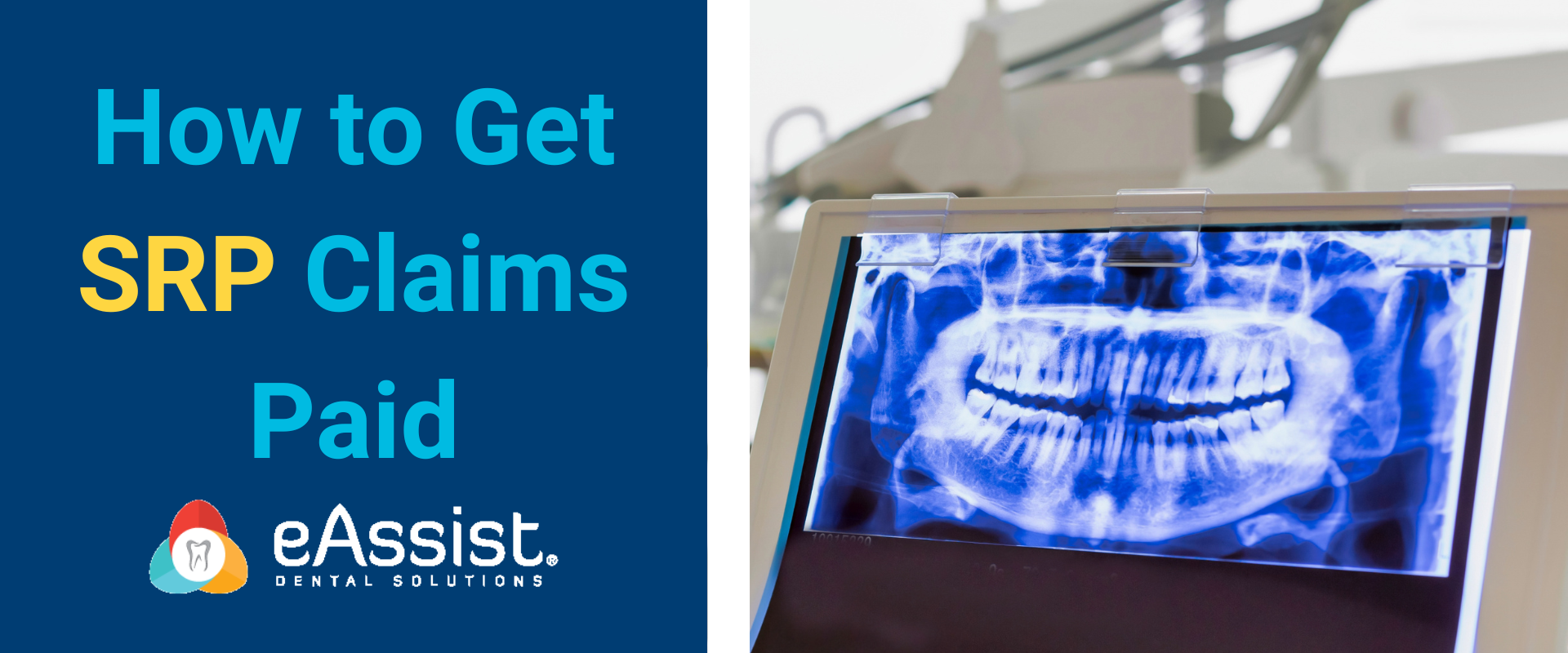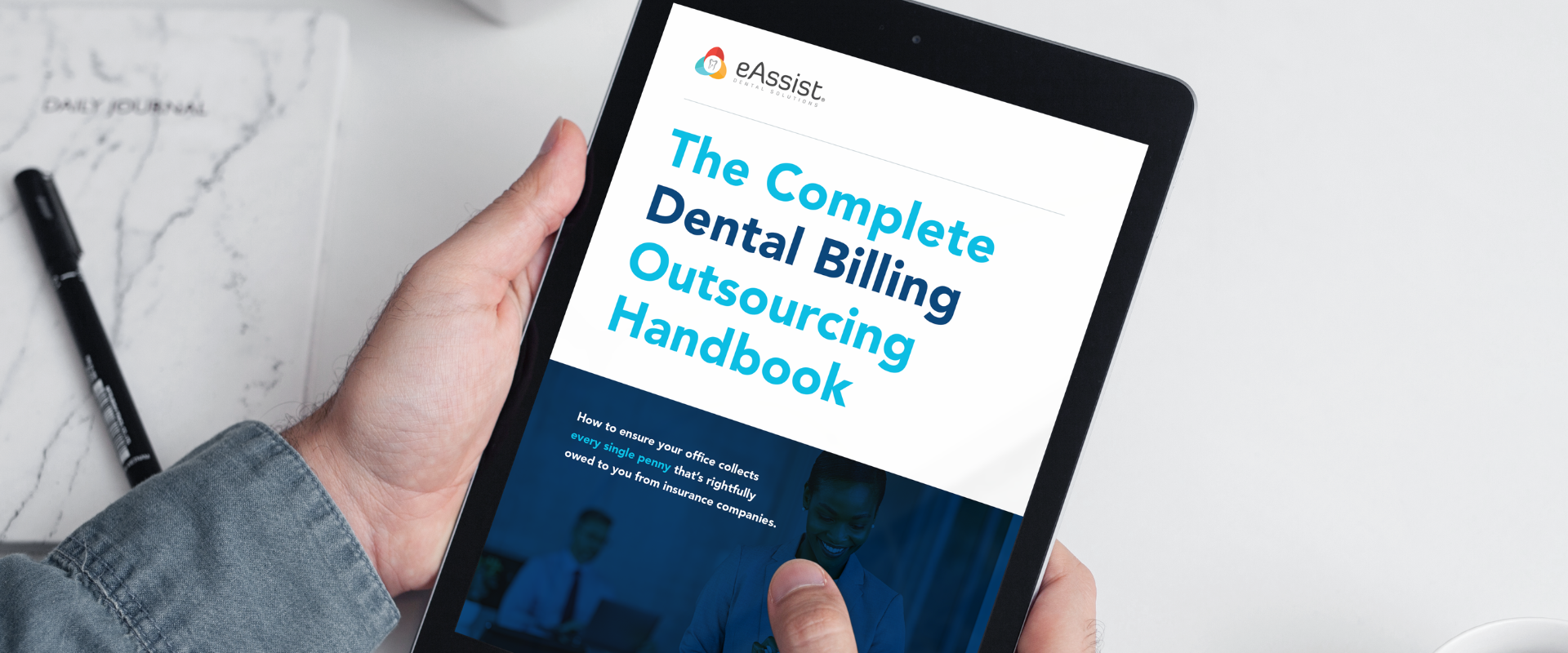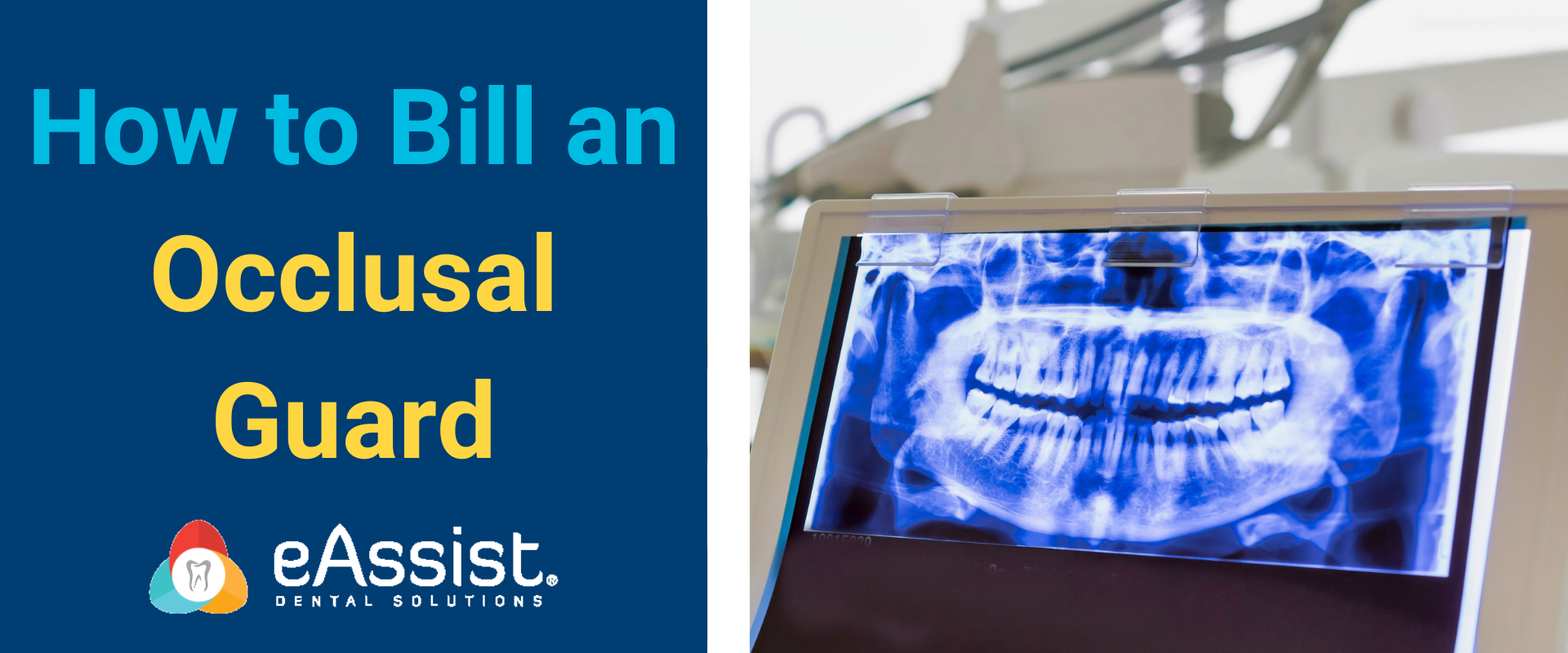Most dental professionals agree that some of the most denied insurance claims are for scaling and root planing (SRP). These denials are the cause of much frustration among dental billers. With a little guidance, that frustration can be appeased and those denials can turn into payments. Here are some tips on what to do to get your SRP claims paid.
Do SRPs need pre-authorizations and referrals?
Scaling and root planing is not a specialty treatment and is usually completed by a dental hygienist so there is no need for a referral. Other plans, especially active military and Medicare, may require SRPs to be pre-authorized. For these plans, be sure to submit the required forms ahead of time for the treatment to be pre-approved before the appointment. Before beginning any treatment, it’s always best to review the patient’s insurance plan requirements.
What x-rays are needed for SRPs?
SRPs should never be billed without supporting x-rays. It’s best to send a full mouth x-ray, a pano, and enlarged bitewings highlighting the affected area. Intraoral photos can also offer additional support for treatment. When it comes to billing scaling and root planing, the more x-rays supporting the treatment’s necessity sent, the less likely the claim will be denied.
What do SRP clinical narratives require?
Narratives are as important as x-rays when billing SRPs. Again, more is better. The more details supporting the need for treatment, the better chance of getting paid. The narrative needs to explain exactly why scaling and root planing was needed. It also needs to detail the presence of periodontal disease, the loss of attachment, and any bone loss. Always include the quadrants and teeth affected and include the millimeter amount of attachment loss.
Do I need a periodontal chart when billing SRPs?
Periodontal charts are another necessary attachment for SRP claims. No insurance will consider payment without them. When attaching one to a claim, make sure it’s complete. All of the patient’s existing teeth must be listed. For each tooth, it must show the pocket depth, any attachment and bone loss, and any bleeding on probing. This should be documented for at least 6 areas around the tooth.

What CDT Codes are used for SRPs?
There are two different SRP treatment CDT codes, and they are easily confused. D4341 is the code for scaling and root planing, four or more teeth per quadrant. D4342 is the code for scaling and root planing, 1-3 teeth per quadrant. When billing, it’s essential to count the number of teeth involved to determine the proper code to use. On the claim form, always list the quadrant involved (UL, LL, UR, LR) when billing D4341 and the tooth numbers per quadrant involved (1-3, 29-31, etc.) when billing D4342. If you are struggling with coding, a good resource to have on hand is Dental Coding with Confidence from Practice Booster.
What pocket depths do insurance companies require for SRPs?
When billing SRP claims, it’s essential to know that each insurance carrier has a minimum pocket depth requirement. This varies from carrier to carrier but all require at least 4mm, Now, many require 5mm or more. These requirements are set in stone and, if not met, the insurance will deny the claim. When billing, it’s important to review the pocket depth for each tooth. If 4 or more teeth per quadrant meet the minimum, bill D4341. If 1-3 teeth meet the minimum, bill D4342. When verifying insurance coverage, always confirm the minimum pocket depth allowed for SRPs to avoid complications when billing.
How many quadrants of SRPs are covered per visit?
In addition to pocket depth minimums, insurance carriers also limit the number of quadrants covered per visit. Many carriers will cover all four, but an increasing number are limiting it to two per visit. This also should be clarified when verifying insurance to ensure the amount is not overbooked per visit. If the patient needs all four quadrants completed and their insurance only covers two per visit, it’s best to schedule them for two appointments. Very few carriers will consider appeals for all four.

Do I need to add the length of the appointment to my SRP claim?
It may seem odd to add the length of appointment time to an insurance claim, but it is good to do so when billing SRPs. One reason SRP claims are frequently denied is that insurance carriers are suspicious of upcoding. Upcoding, where a more expensive treatment code is substituted for a cheaper one, is considered fraud and carriers are increasingly suspecting it in SRPs. Adding the length of the treatment time to the claim supports its necessity, as long as it matches the average amount (about 30 minutes per quad). It’s not required for initial billing, but many carriers request it for appeals, so it’s best to get in the habit of submitting it from the start.
Billing SRP claims may be frustrating for many dental billers but, when done correctly, it’s an excellent source of income for a dental practice. Consider outsourcing your dental billing to help with all the details SRP claims require. At eAssist, our Success Consultants are happy to bill your claims thoroughly and accurately to get them paid. To find out more, complete the form below.








0 Comments